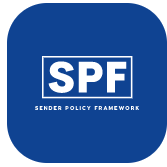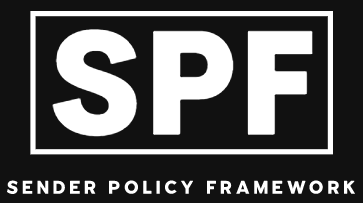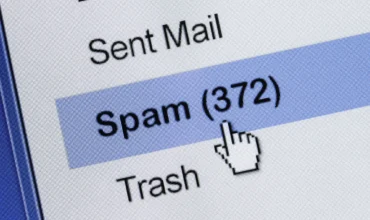Sender Policy Framework (SPF) and Domain-based Message Authentication, Reporting & Conformance (DMARC) are two important email authentication protocols that help to protect your organization’s domain from being used in spam and phishing attacks.
SPF is a simple email validation system that is used to specify which mail servers are authorized to send email on behalf of your domain. By publishing an SPF record in your domain’s DNS, you can specify which servers are authorized to send email for your domain. This helps to prevent attackers from using your domain in spam and phishing campaigns by spoofing your domain’s email address.
DMARC, on the other hand, is a more advanced protocol that builds on top of SPF and DomainKeys Identified Mail (DKIM) to provide a way for domain owners to publish policies about how email receivers should handle messages that fail SPF and DKIM checks. DMARC also provides a way for receivers to report back to domain owners about messages that pass or fail DMARC evaluation, giving domain owners visibility into how their domains are being used.
It is important to note that both SPF and DMARC are not encryption or enciphering methodologies and don’t provide any confidentiality or privacy to the email communication.
To implement SPF and DMARC, you’ll need to update your domain’s DNS records to include the appropriate SPF and DMARC records, and configure your mail servers to sign outgoing messages with DKIM. Additionally, you’ll need to set up a mechanism for receiving and analyzing DMARC reports.
In summary, SPF and DMARC are two important email authentication protocols that can help to protect your organization’s domain from being used in spam and phishing attacks. By implementing SPF and DMARC, you can take an important step towards securing your organization’s email communications.



